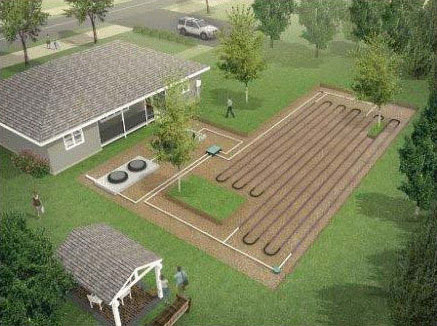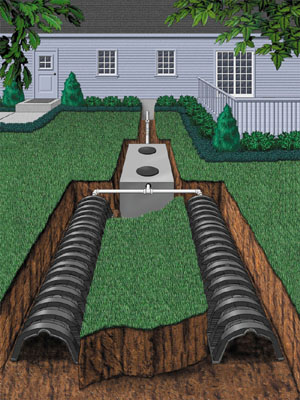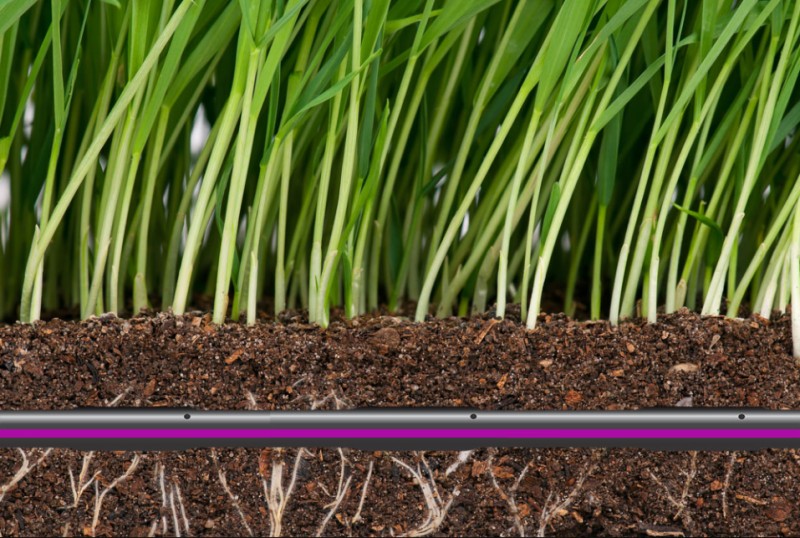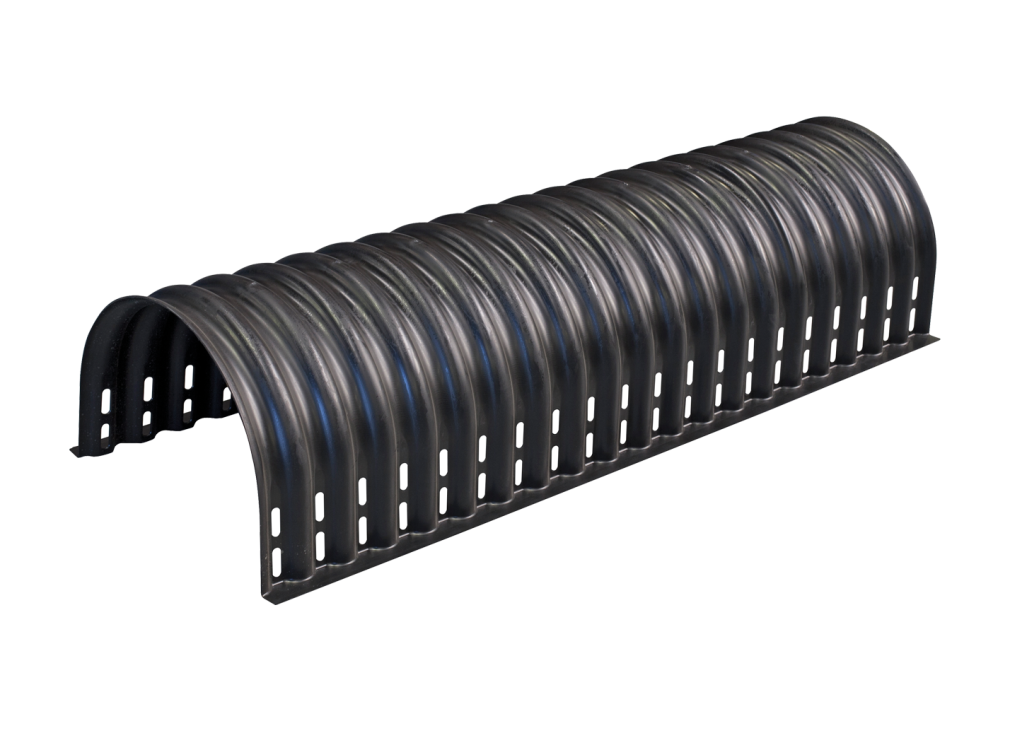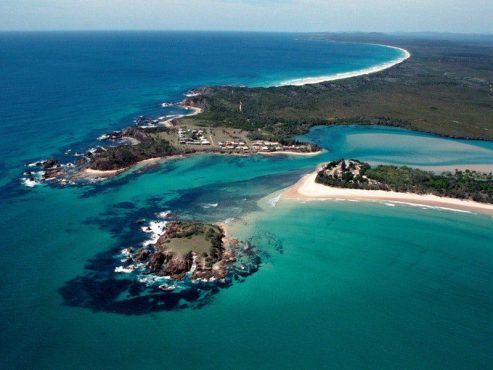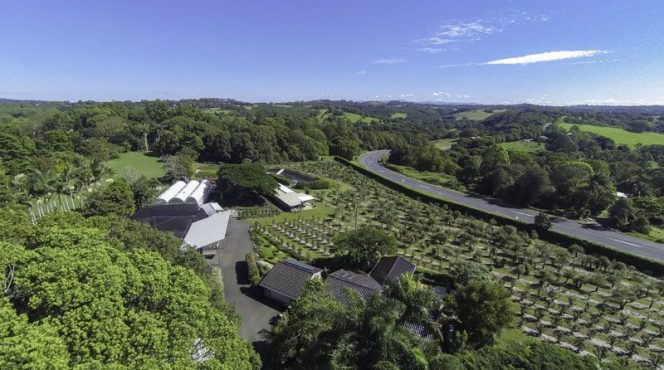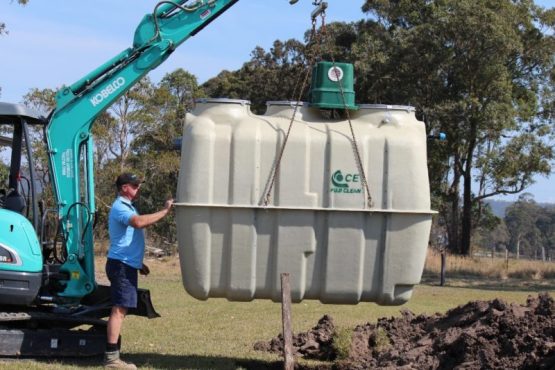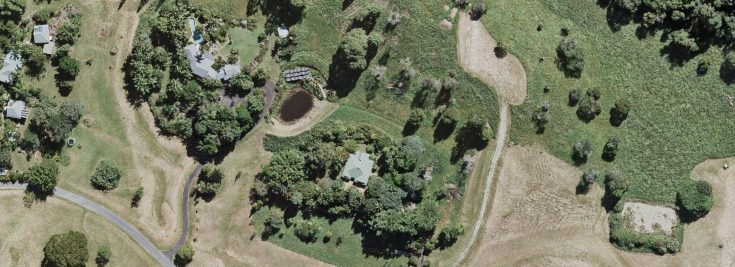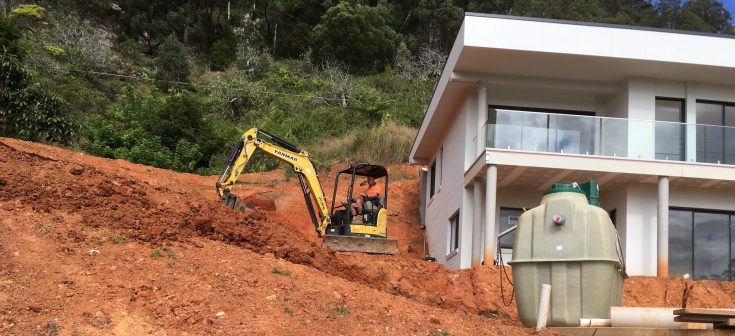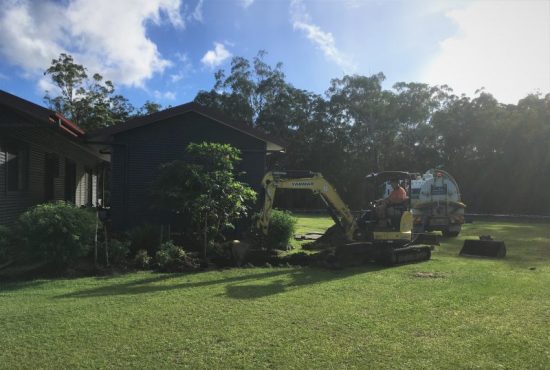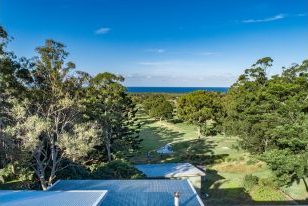



Land Application Area
Land Application Area (LAA) or Effluent Dispersal Area (EDA) is the designated zone on a property where effluent from an on-site sewage treatment plant is disposed of.
True Water household sewage systems treat wastewater before it is dispersed to the environment. Having an expert team like True Water design and install your Land Application Area is critical to getting the best solution for your home.
The LAA distributes all treated water safely and evenly to the environment without direct human contact. Once installed, it blends into the landscape. The method of treated water dispersal is determined by the sewage treatment quality, the size and conditions of your property, and council regulations. The effluent dispersal method is part of your sewage treatment system and installed in accordance with council approval.
The size and type of LAA method can vary from one property to the next. It can take the form of subsurface irrigation, trenches, absorption beds or engineered mounds. The amount of land required for dispersal, and the dimensions of the installation, depend on the expected wastewater volume, which is directly related to the number of bedrooms in your home.
Subsurface Drip Irrigation (SDI) is a highly effective way to evenly disperse treated water across a Land Application Area.
SDI is a series of drip irrigation pipes running laterally beneath the ground’s surface. These pipes are laid at a predetermined depth and are great for keeping lawns green. Drip irrigation is an economical and efficient way to disperse treated water.
It is also the most popular method for new homes with flat and open spaces. It is ideal for high rainfall areas or clay soils where it provides wider dispersal. Although a simple system, correct design is imperative for efficient dispersal and longer pump life.
While surface irrigation via feeder pipes or above-ground sprinklers is another method of dispersal, it is rarely viable for home sites due to strict regulations for public health. Our team have successfully designed and installed over 1, 200 SDI systems using a very specific process that ensures product longevity.
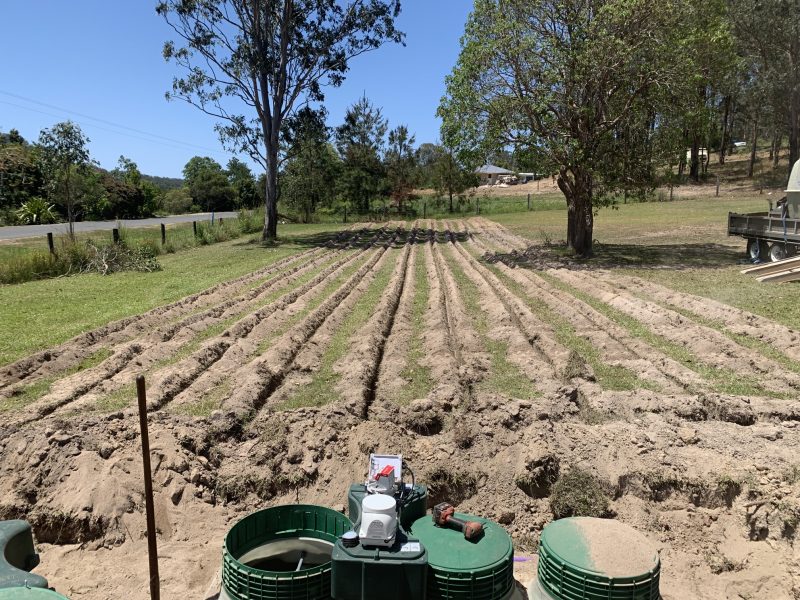
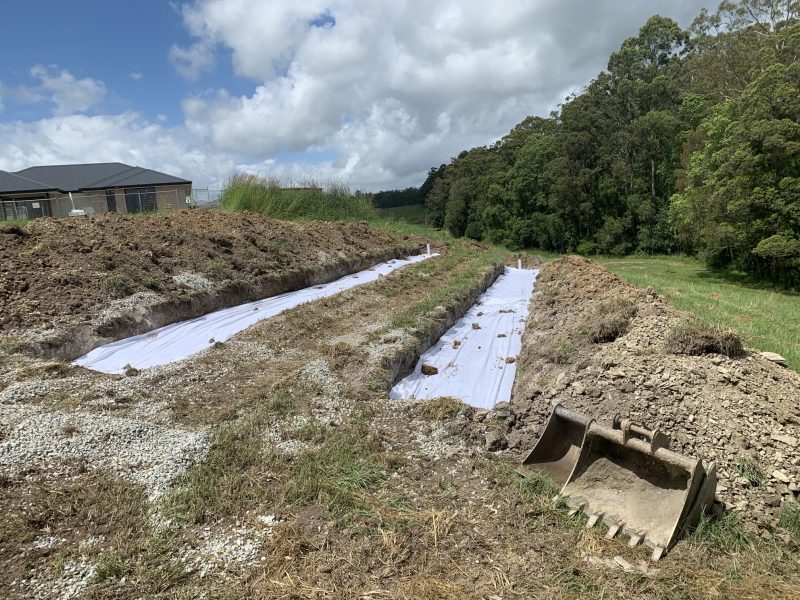
Evapotranspiration Absorption (ETA) beds are used for septic tank systems and confined spaces.
This Land Application Area method refers to the evaporation and transpiration process of treated water through the ground and vegetation. Some of the treated effluent is also absorbed into the soil surrounding it. ETA beds consist of pipes that distribute water through underground gravel beds.
They are designed to be a deeper and more compact disposal system ideal for dispersing primary treated wastewater from septic tanks. It delivers the effluent further underground where it can disperse safely.
ETA beds are also suitable for small lots or locations with limited space. This can be useful when replacing a system where a garden is established, and disturbance needs to be kept to a minimum. Historically, ETA beds were most used type of LAA for home systems and are still widely used today.
The mound is an engineered disposal field that is raised above the natural ground level.
Engineered mounds are the best choice for very constrained or challenging sites. Whether it is a small site, a flood zone, or a rocky site, a mound will work where no other LAA method will.
An engineered mound is a slight rise in the garden with distribution pipes and dispersal beds running through its centre. The mound’s shape promotes evapotranspiration and sheds rainfall. The raised profile also provides protection for the installation from inundation in flood zones.
Despite their simple appearance, the design and construction of engineered mounds are more complex than other methods and require specific materials and expert knowledge. Our household-engineered mounds have been developed and refined over many years to guarantee exceptional performance.
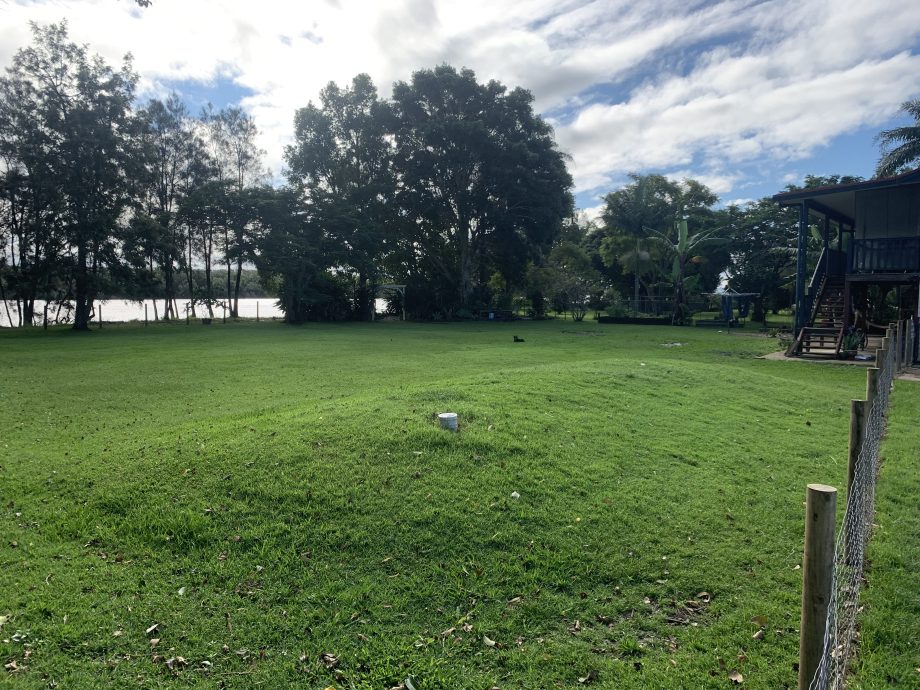
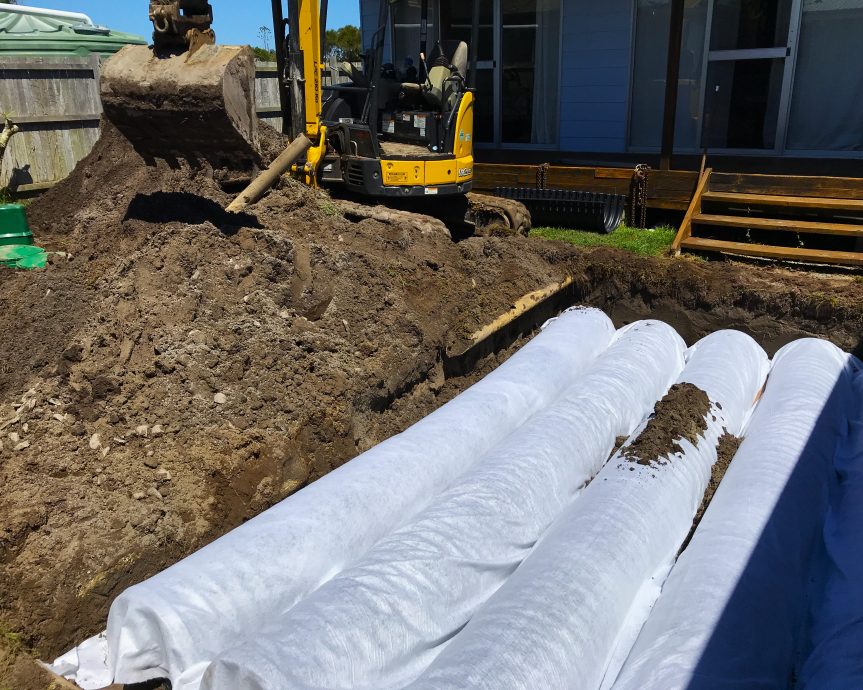
Arch Trenches consist of a durable self-supporting arch with gravel or sand.
Modern arch trench designs are constructed using durable PVC arches that are distributed over a gravel or sand bed, and covered with geo fabric. These trenches are installed at a greater depth than most methods, providing a compact footprint.
Arch trenches are a popular choice for coastal areas with limited space and porous sandy soils. Their arched design and durable construction make them a strong and long-lasting option. Our expert installation team ensures a quality finish, even on the most compact of sites.
LAA DO'S AND DONT'S
Read more...
DO’S
- Keep the grass mowed.
- Ensure appropriate warning signage is erected and visible.
- Fill in any depressions in the LAA with soil (not clay) to keep it level.
- Ensure storm and surface water is directed away from the area.
- Regularly check that equipment is operating correctly.
- Talk to True Water Australia if you have any queries.
DONT’S.
- Drive vehicles over the LAA.
- Build structures or paths over the LAA.
- Allow stormwater or surface water to run into the LAA.
- Let children, pets, or animals play, rest, or graze on the LAA.
- Use dispersal of effluent to water fruits or vegetables.

